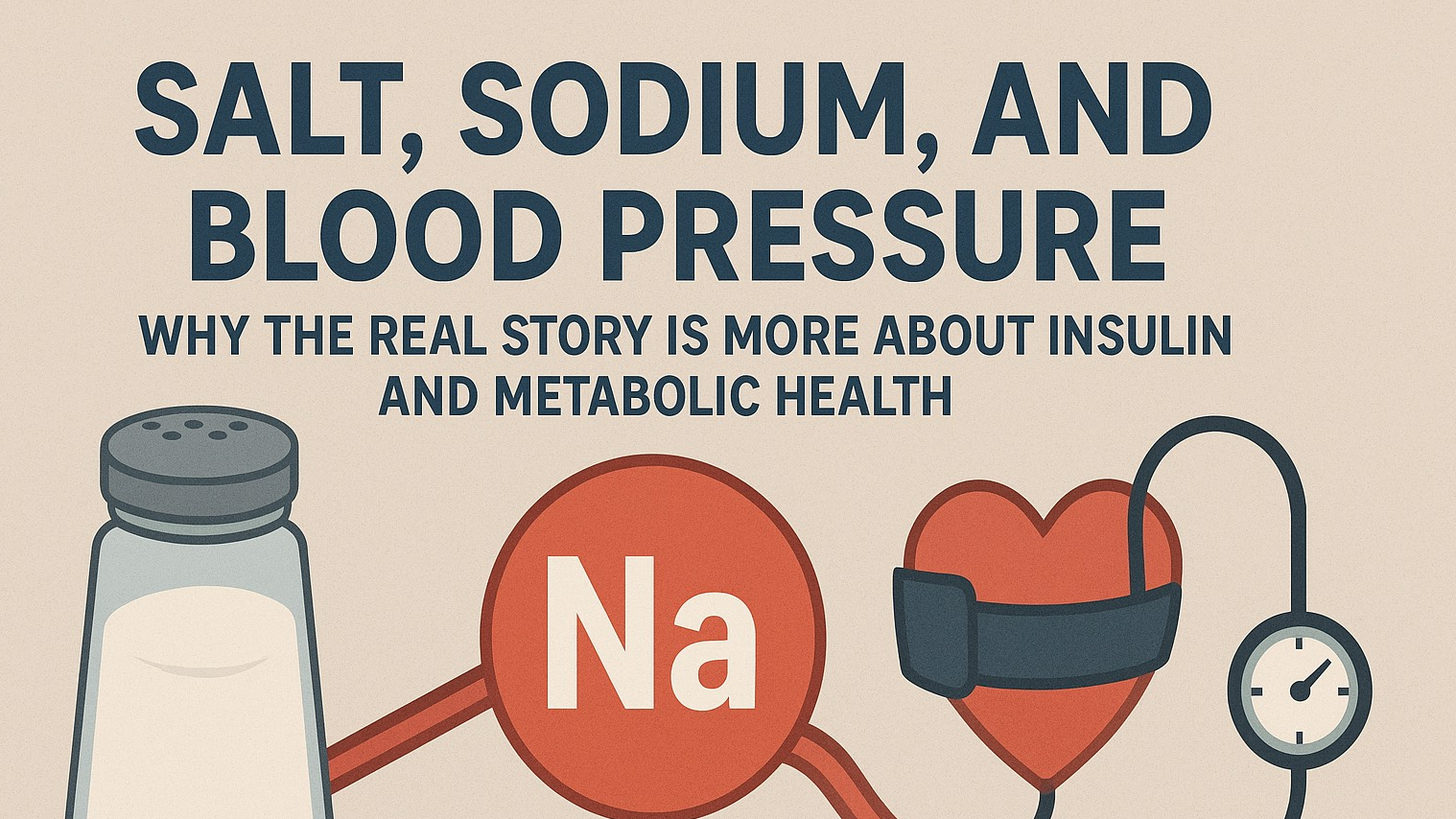
Ladder Drills Burn Serious Calories
If you’re looking for a way to mix up your workouts, look no further than agility ladder drills! These fast-paced ladder exercises get your heart pumping and burn tons of calories.
Agility ladder drills aren’t just for the elite athlete. Ladder exercises can be the perfect way to get started with athletic style training, even for the nonathlete. Plus, a speed and agility ladder workout is a great way to get your heart pumping (and calories melting).
1 second, of 36 seconds, Volume 0%
The agility ladder, also known as a speed ladder, improves three key fitness factors—speed, agility, and quickness—in addition to strengthening your joints, ligaments, and tendons. Let’s explore the benefits of agility ladder training and 11 awesome agility ladder exercises!
The Benefits Of Agility Ladder Exercises
An agility ladder workout is great for so many reasons. Yes, your heart rate gets up there and you’re going to burn calories, but there’s so much more to it than that. Ladder drills will mix up your workout and keep you interested even when you’re in a fitness rut. Here are just some of the benefits of speed ladder training.
1. Improves Speed, Agility, and Quickness
Whether you’re a pro athlete or an exercise newbie, agility ladder drills are the perfect form of cross-training because they help improve your speed, agility, and quickness.
- Speed: your ability to move in one direction as fast as possible
- Agility: your coordination—your ability to accelerate, decelerate, and change directions
- Quickness: your ability to react or switch positions quickly
These three factors not only improve your athletic performance in other sports and activities but can help you boost your fitness level for virtually any type of workout you do, from strength training and dance to pilates or bodyweight workouts in between!
2. Great For Heart Health
An agility ladder workout gets your heart pumping and is a great form of cardio. Getting your heart rate up through cardiovascular exercise is a great way to keep your heart healthy and young. Because agility ladder drills require so much precision and focus, they can elevate your heart rate in a short amount of time. The CDC recommends a minimum of 150 minutes of heart-pumping cardio per week; agility ladder exercises can certainly be a part of that!
3. Agility Ladder Drills Burn Tons Of Calories
Because speed ladder drills are a great form of cardio, they also burn mega calories! They are considered a type of high-intensity interval training, they do what is the best method to attack your fat: accomplish more in less time!
By going “all-out” in short bursts of intense effort and then taking a brief pause, you typically blast fat and burn more calories than you would be doing most lower-intensity, steady-state cardio activities.
4. Keeps You Mentally Sharp
Stay young with a workout that will keep you on your toes and thinking fast! These agility ladder drills require you to focus and concentrate, connecting your brain to your body. This type of improved coordination not only benefits your daily life, but keeps your mind young.
Speed ladder drills are so powerful they could even prevent Alzheimer’s. Studies even show that Alzheimer’s patients who participate in exercise programs including balance and coordination components retain more muscle strength and control than patients who do not.
Plus, from the moment you put your foot into the first ladder exercise, your brain will be focused and your training session will speed by.
5. It’s FUN!
We all get bored sometimes with our workout, so if you feel like you’re in a rut and sick of slogging away on the treadmill one more time, try this workout! It’s an amazing feeling to perform athlete-style speed and agility training. Step into the first phase of becoming more athletic and agile with a ladder drill – I promise your body can do it. You can do ladder exercises outside, in the garage, or in the basement. It’s something different, and it’s just plain fun. Your kids will have a blast with it too!
 Add Row
Add Row  Add
Add 










Write A Comment